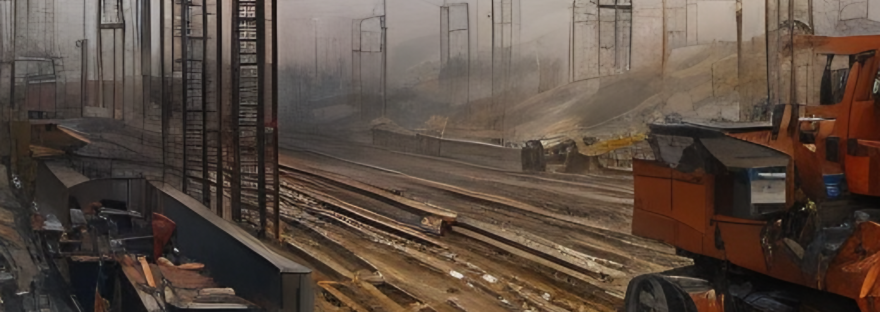A positive work culture is essential for both employee satisfaction and company success. A positive culture helps employees feel valued and motivated, which leads to increased productivity and job satisfaction. It also helps organizations attract and retain top talent. One of the key components of a positive work culture is a clear set of company values and mission. In this article, we’ll explore the importance of company values and mission and provide guidance on how to establish them.
Why Company Values and Mission Matter
Company values and mission provide a roadmap for the organization. They guide decision-making, shape the organizational culture, and provide a sense of purpose and direction for employees. A clear set of values and mission can help employees feel connected to the organization and understand how their work contributes to its overall success. Additionally, they can serve as a tool for attracting and retaining talent that aligns with the organization’s vision.
How to Establish Company Values and Mission
- Identify your vision: The first step in establishing company values and mission is to identify your vision for the organization. What do you hope to achieve? What values are most important to you? Answering these questions will help you develop a clear sense of purpose for your organization.
- Involve employees: Once you have a clear vision for the organization, involve employees in the process of developing values and mission. This will help ensure that everyone feels invested in the process and can contribute to the final outcome.
- Identify core values: Core values are the fundamental principles that guide the organization’s behavior and decision-making. These values should be timeless and enduring, and should reflect what the organization stands for. Examples of core values include integrity, teamwork, and customer service.
- Craft a mission statement: A mission statement is a concise summary of the organization’s purpose and values. It should be clear and concise, and should communicate the organization’s reason for existence. A strong mission statement can help guide decision-making and provide direction for employees.
- Communicate values and mission: Once you have established your company values and mission, it’s important to communicate them clearly to employees. This can include incorporating them into onboarding materials, displaying them prominently in the workplace, and discussing them regularly with employees.
Tips for Maintaining a Positive Work Culture
Establishing a positive work culture requires ongoing effort and commitment. Here are some tips for maintaining a positive work culture:
- Lead by example: Leaders within the organization should model the behavior they want to see from employees. This can include treating others with respect, demonstrating transparency, and embracing change.
- Encourage open communication: Encouraging open communication can help build trust and foster a positive work environment. This includes listening to feedback, being receptive to ideas, and creating opportunities for dialogue.
- Celebrate success: Celebrating success can help employees feel valued and recognized for their contributions. This can include recognizing individual accomplishments, as well as team achievements.
- Foster collaboration: Collaboration is essential for building a positive work culture. This includes encouraging teamwork, providing opportunities for cross-functional collaboration, and recognizing the value of diverse perspectives.
Establishing a positive work culture is essential for employee satisfaction and company success. One of the key components of a positive work culture is a clear set of company values and mission. By identifying your vision for the organization, involving employees in the process, and communicating values and mission clearly, you can establish a strong foundation for a positive work culture. Additionally, by leading by example, encouraging open communication, celebrating success, and fostering collaboration, you can maintain a positive work culture over time.


